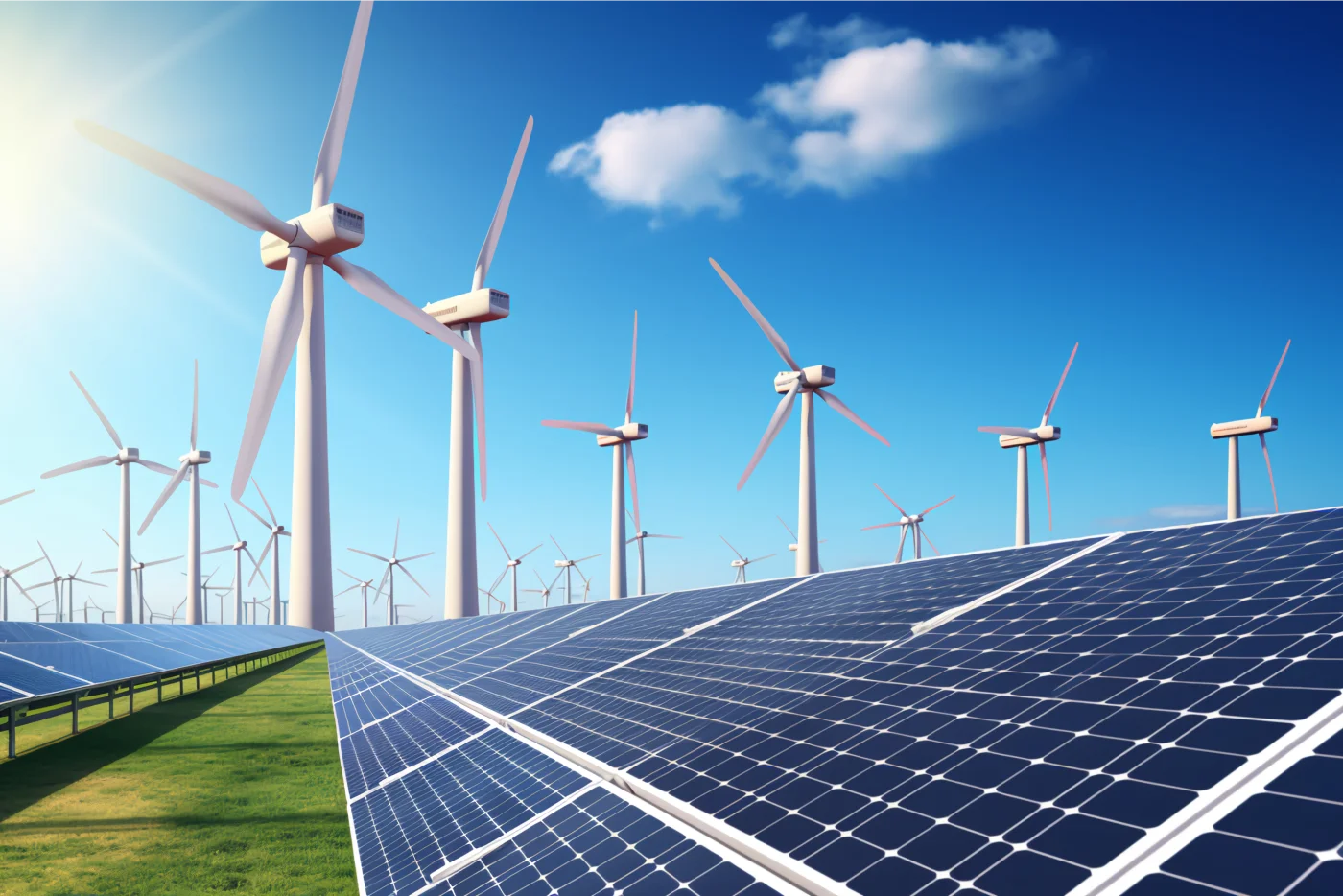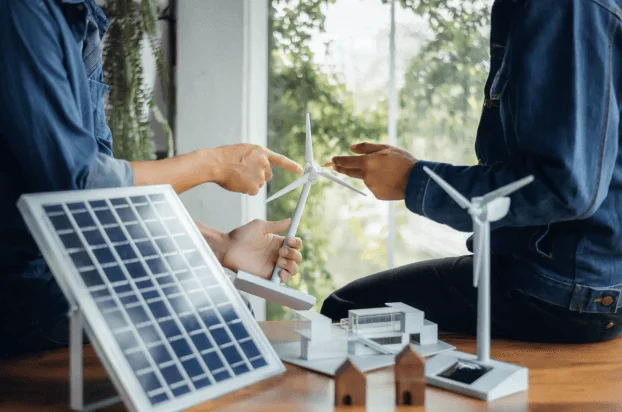How to Choose the Right Solar Panels for Your Home: A Practical Guide

The shift to solar energy is one of the smartest investments homeowners can make today. But with so many options on the market, selecting the right solar panels can feel overwhelming. From efficiency ratings to warranties and installation nuances, this guide breaks down everything you need to know to make an informed decision tailored to your home and budget.
Why Solar Panel Choice Matters
Solar panels are not one-size-fits-all. The right choice depends on your energy needs, roof type, climate, and long-term goals. High-quality panels can save you thousands in energy bills over their 25+ year lifespan, while poor choices may lead to inefficiencies, higher costs, or even roof damage.
Key Factors to Consider
- Panel Efficiency:
- Monocrystalline: 15–22% efficiency; sleek, space-efficient, ideal for small roofs. Brands like LG and SunPower lead here.
- Polycrystalline: 13–16% efficiency; budget-friendly but bulkier.
- Thin-Film: 10–13% efficiency; lightweight and flexible, great for irregular surfaces.
- Durability & Warranties:
- Look for panels with a 25-year performance warranty and 10–12-year product warranty.
- Check degradation rates (most panels lose 0.5–0.8% efficiency annually).
- Certifications:
- UL Certification: Ensures safety and performance standards.
- Tier 1 Manufacturers: Companies like Canadian Solar or Panasonic with proven reliability.
- Local Climate:
- Hot Regions: Opt for panels with low temperature coefficients (e.g., -0.3%/°C) to minimize efficiency loss.
- Cloudy Areas: Bifacial panels or those with high low-light performance (e.g., REC Alpha Pure).
Budget Breakdown: Balancing Cost and Quality
- Entry-Level: Polycrystalline panels (~₦150,000–₦200,000 per kW).
- Mid-Range: Monocrystalline panels (~₦200,000–₦300,000 per kW).
- Premium: High-efficiency monocrystalline with micro-inverters (~₦300,000+ per kW).
Tip: Use payback calculators to estimate ROI. Most Nigerian households break even in 4–7 years.


Common Pitfalls to Avoid
- Ignoring Installer Expertise:
Even top-tier panels underperform if poorly installed. Choose certified installers (e.g., GPIS) with local experience. - Overlooking Shading Issues:
Use micro-inverters or power optimizers (e.g., Enphase) to mitigate shade-related losses. - Falling for “Too Good to Be True” Deals:
Cheap panels often lack certifications or degrade quickly. Verify reviews and warranties.
Case Studies: Smart Solar Choices in Action
- Lagos Suburban Home:
A family chose 5 kW of monocrystalline panels with a hybrid inverter. Their ₦2.5 million investment slashed monthly bills from ₦40,000 to ₦3,000, with full ROI in 5 years. - Kano Off-Grid Farm:
Thin-film panels paired with lithium batteries provided 24/7 power for irrigation, boosting crop yields by 30%. - Port Harcourt Coastal Residence:
Salt-resistant panels (e.g., JA Solar) with reinforced mounts survived harsh weather, maintaining 95% efficiency after 3 years.
Future-Proofing Your Solar Investment
- Battery Storage:
Pair panels with Tesla Powerwall or BYD batteries to store excess energy for outages. - Smart Energy Systems:
Integrate AI tools like SolarEdge Monitoring to track performance and predict maintenance. - Scalability:
Design systems that allow easy expansion as your energy needs grow.
Conclusion: Empower Your Home with the Right Solar Choice
Choosing solar panels is about balancing efficiency, cost, and durability to match your unique needs. By prioritizing certified products, professional installation, and climate-specific designs, you’ll maximize savings and sustainability.
Ready to Get Started?
Book a free consultation with GPIS to design a tailored solar solution. Call +234 7033924475 or visit GPIS Solar Solutions.


Ademola Olayioye